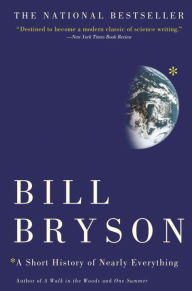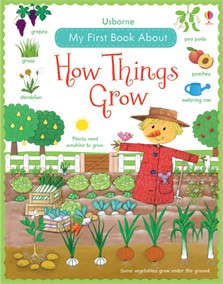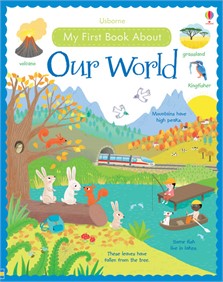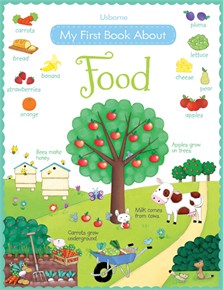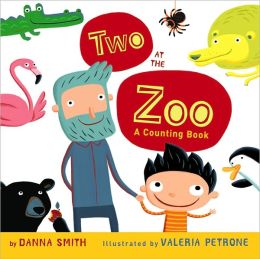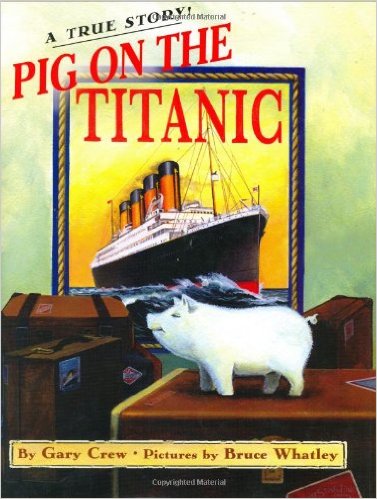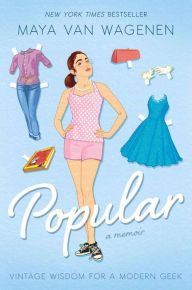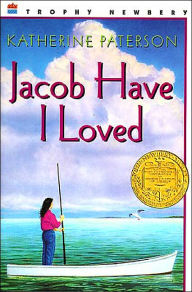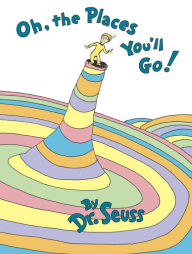A Short History of Nearly Everything
Part V. Life Itself
22. Good-bye to All That
Bibliographic information:
Bryson, B. (2004). *A Short History of Nearly Everything. Crown Publishing Group
Plot description:
Part V covers:
A synopsis of organisms, atmosphere, water, proteins, microbes,fossils, lichens, Natural History Museum in London, cells, Darwin’s Singular Notion, and the Stuff of Life.
Quantitative Reading Level:
Not available
Qualitative Reading Analysis:
Organization/format:
The book is sectioned into parts:
- Lost in the Cosmos
- The Size of the Earth
- A New Age Dawns
- Dangerous Planet
- Life Itself
- The Road to Us
Language demands:
Some scientific concepts or words may need secondary explanations even at the high school level.
Knowledge demands:
Some basic scientific elements or knowledge for example the section I selected referenced the Lichens-“any of numerous complex plant like organisms made up of an alga and a fungus growing in symbiotic association on a solid surface (as a rock)”. -Merriam-Webster’s Collegiate Dictionary, Eleventh Edition via Nook
Meaning/purpose:
Bill Bryson explains scientific information in an interesting way and covers many different topics and makes understanding it more plausible.
Include a section that is your recommendation and how it matches or does not match the Quantitative Level.
Content Area:
Biology, Earth Science, Chemistry, Physics, and Astronomy.
Content Area Standard:
English Language Arts Standards » Science & Technical Subjects
Cite specific textual evidence to support analysis of science and technical texts, attending to the precise details of explanations or descriptions.
Determine the central ideas or conclusions of a text; trace the text’s explanation or depiction of a complex process, phenomenon, or concept; provide an accurate summary of the text.
Analyze how the text structures information or ideas into categories or hierarchies, demonstrating understanding of the information or ideas.
Analyze the author’s purpose in providing an explanation, describing a procedure, or discussing an experiment in a text, identifying important issues that remain unresolved.
Curriculum suggestions:
Selecting one part and then one section as the vast information contained in a chapter within the parts have so much information on each topic. A class broken up into groups could take a section and share with the class a divide and conquer approach and students as teachers.
Links to supporting digital content:
Suggested other Science Non Fiction books- http://blogs.discovermagazine.com/loom/2011/03/28/great-science-books-for-high-school-students-the-hive-mind-speaks/#.VutxUeYf1yE
Bill Bryson Quotes to expand on a topic- https://www.goodreads.com/work/quotes/2305997-a-short-history-of-nearly-everything
Genre:
Science
Subject/Themes:
Biology, Earth Science, Chemistry, Physics and Astronomy
Personal Thoughts:
Discovering Bill Bryson is a Iowa native (Des Moines) and having recently moved to Iowa that was a draw for selecting this title. I also read many reviews about how Bryson’s writing style made reading and learning the scientific information more attractive. i couldn’t agree more I felt I had learned more in a few paragraphs in comparison to previous science courses.
“Perhaps an even more effective way of grasping our extreme recentness as part of this 4.5 billion year old picture is to stretch your arms to their fullest extent and imagine that width as the entire history of the Earth.”-Bryson

